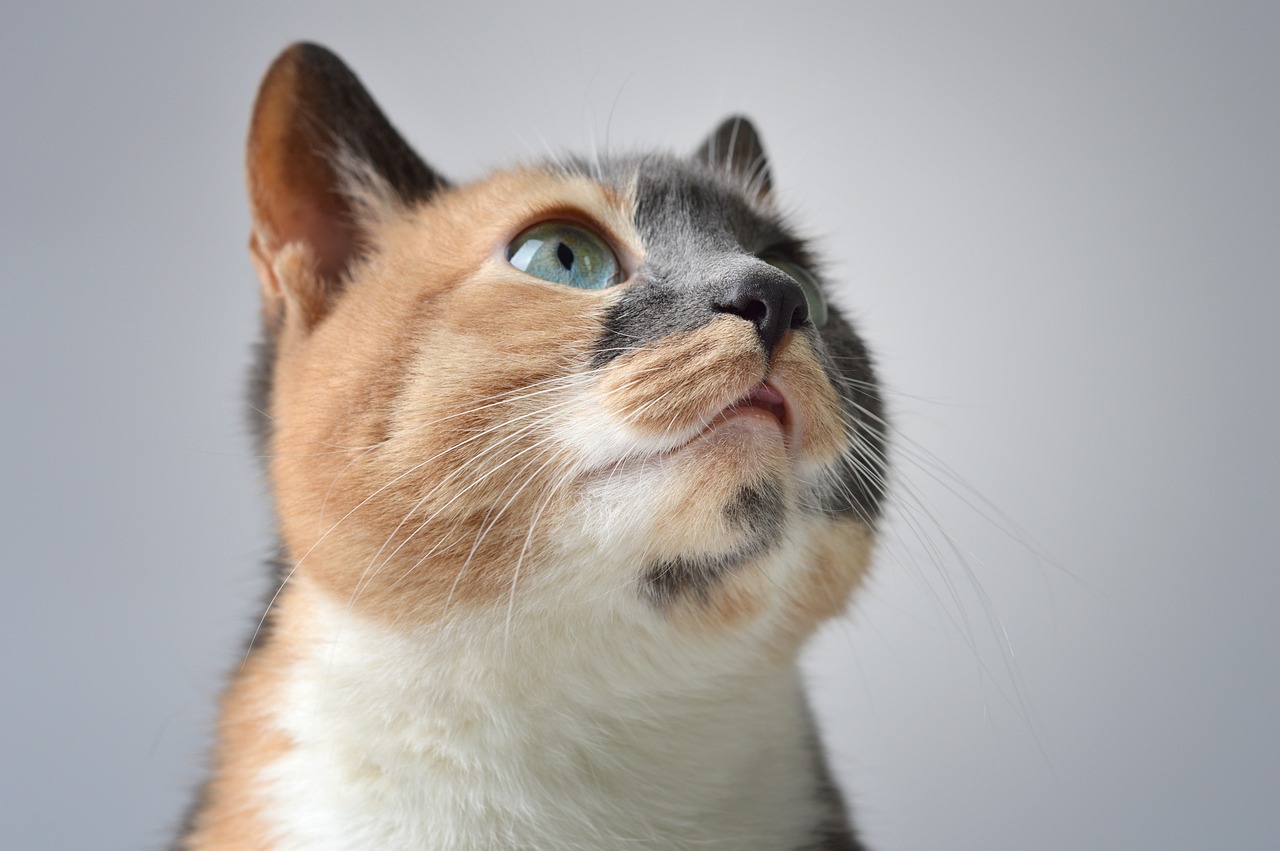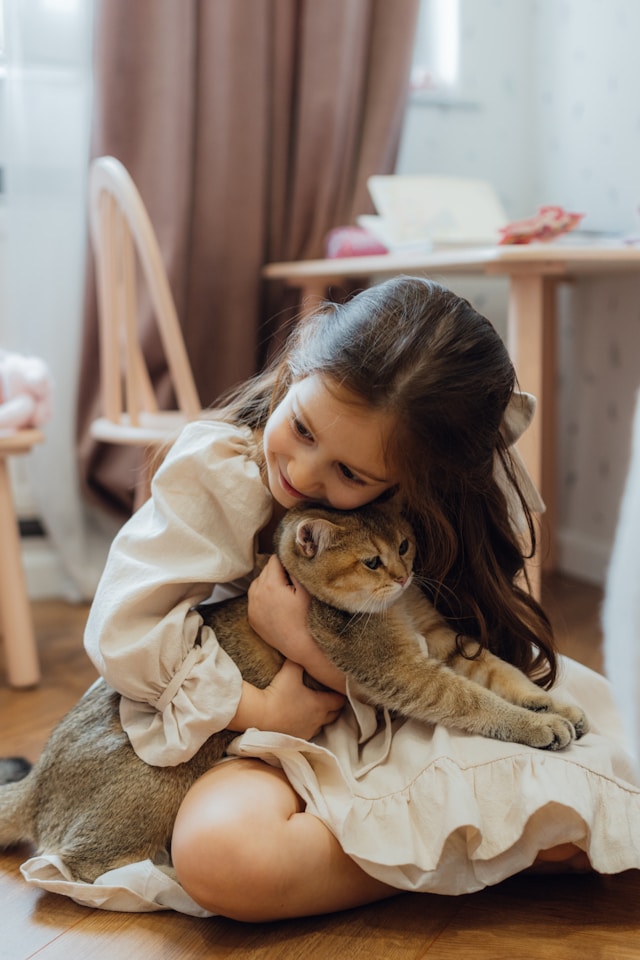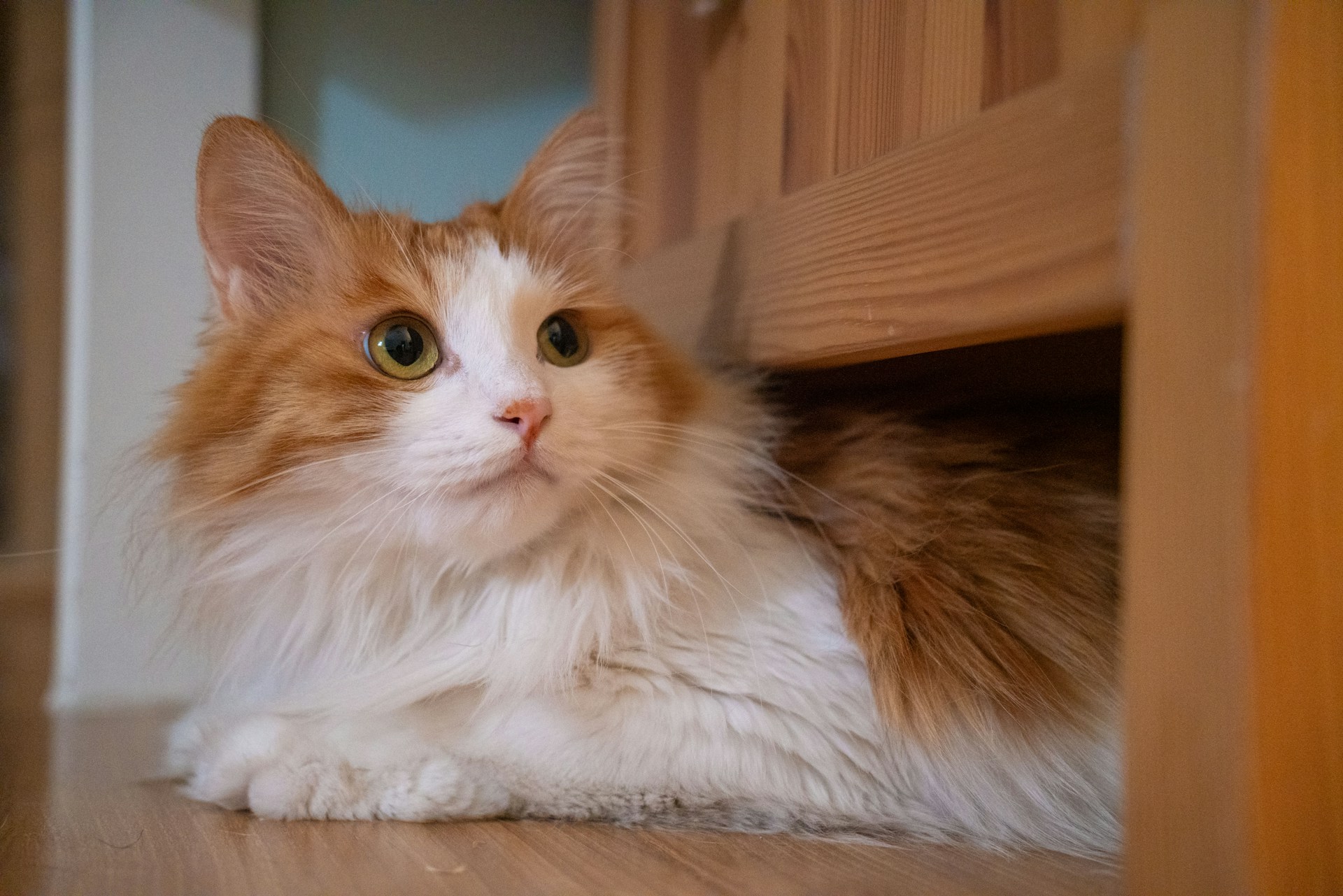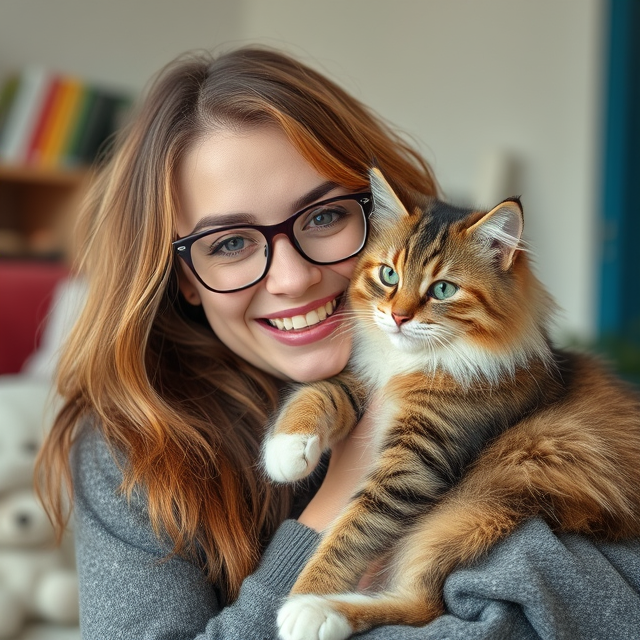Cats have long held a special place in human history. From ancient temples to modern homes, these fascinating creatures have been revered, worshipped, and sometimes even feared. Let’s explore how cats have been seen as sacred animals across various cultures and the enduring legacy of their divine status.
Ancient Egypt: Felines of the Divine
When we think of sacred cats, Ancient Egypt often comes to mind first. The Egyptians held cats in the highest regard, associating them with the goddess Bastet. Bastet, often depicted as a lioness or as a woman with a lioness or domestic cat’s head, was the goddess of home, fertility, and protection. Cats were so revered that harming one, even accidentally, was punishable by death.
Egyptians believed cats possessed protective qualities, guarding their homes from pests and evil spirits. Many households kept cats as pets, and some even mummified their feline companions to join them in the afterlife. Archaeologists have uncovered elaborate cat cemeteries filled with offerings, further showcasing the deep spiritual connection Egyptians had with their feline friends.
Norse Mythology: Companions of the Goddess Freyja
In Norse mythology, cats were associated with Freyja, the goddess of love, beauty, and fertility. Freyja’s chariot was said to be pulled by two large, powerful cats gifted to her by Thor, the god of thunder. These cats symbolized fertility and domestic prosperity, and farmers often left offerings to cats to ensure bountiful harvests.
Cats in Ancient China: Guardians of Prosperity
In ancient China, cats were appreciated for their ability to protect granaries from rodents, which indirectly safeguarded food supplies and prosperity. Beyond their practical role, cats were also linked to luck and good fortune. Statues of cats, such as the “Maneki-neko” or “beckoning cat,” which originated in Japan but was influenced by Chinese traditions, continue to be symbols of wealth and prosperity across Asia.
Islamic Traditions: Cherished Companions
In Islamic culture, cats are highly regarded as clean and affectionate animals. The Prophet Muhammad is said to have been particularly fond of cats, and numerous stories describe his kindness toward them. One famous tale recounts how he cut off part of his cloak rather than disturb his cat, Muezza, who was sleeping on it. Cats are often welcomed in mosques and homes, where they are seen as symbols of cleanliness and grace.
Medieval Europe: From Sacred to Superstition
During the early medieval period, cats were respected for their role in keeping vermin at bay, particularly in monasteries. However, as superstitions rose, cats—especially black ones—became associated with witches and the occult. This unfortunate shift led to the persecution of cats across Europe during the witch trials. Despite this dark chapter, cats eventually regained their status as beloved companions.
Modern Reverence: Cats in Contemporary Culture
Today, cats continue to be adored worldwide, with some cultures maintaining their sacred associations. In Japan, the Maneki-neko remains a popular charm for good fortune. In many households, cats are treasured not only for their companionship but also for their mysterious and independent nature, which echoes their historical roles as sacred animals.
Why Cats Captivate Us
The sacred status of cats throughout history speaks to their unique qualities—grace, independence, and an air of mystery. Whether guarding granaries, protecting homes, or simply curling up in a sunny spot, cats have earned their place as symbols of comfort, prosperity, and the divine.
From ancient temples to modern-day cat cafes, our fascination with these enigmatic creatures shows no signs of fading. Perhaps their allure lies in their ability to straddle the line between the mundane and the mystical, reminding us of the deep connections between humans and animals throughout history.





